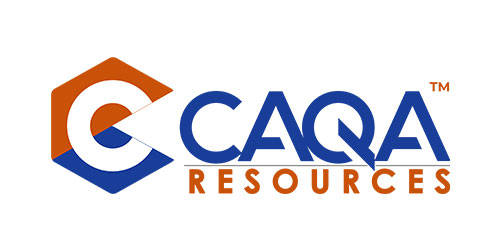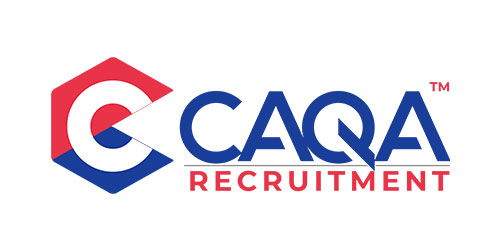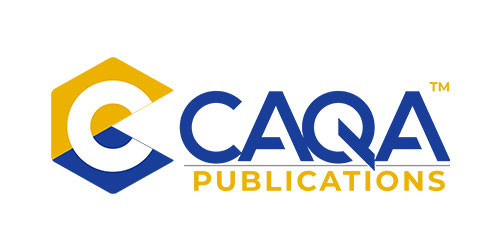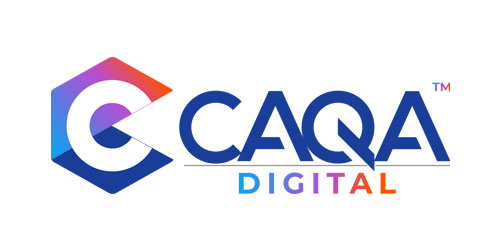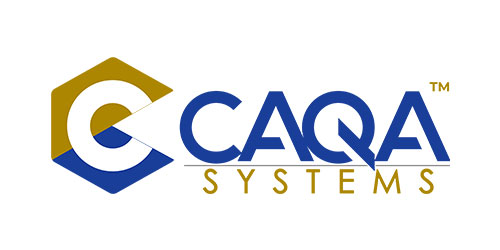
News
Contextualisation of training packages, accredited curricula and learning resources can be achieved without compromising the Standards for Registered Training Organisations (RTOs) 2015. Contextualisation is the addition of industry-specific information to tailor the Standards for Registered Training Organisations (RTOs) 2015 to reflect the immediate operating context and thereby increase its relevance for the learner. Contextualisation is ultimately defined as; the activity undertaken by a Trainer/Assessor to make units of competency, accredited curricula or learning resources meaningful to the learner.
WHAT is contextualisation?
Contextualisation means adjusting units of competency or packaging certain units of competency together to meet the needs of the enterprise or the learner.
WHY is contextualisation so important?
Contextualisation gives VET providers the flexibility to create a meaningful program for learners whilst ensuring standards are met, and an accredited AQF qualification is obtainable. Contextualisation can make learning more realistic by providing real life and actual workplace examples. Contextualisation also accommodates specific industry needs.
WHAT are the rules for contextualisation?
Contextualisation must comply with the guidelines for contextualisation. Contextualisation must not change the unit of competency’s elements or performance criteria. It can only provide additional information to the range of assessment conditions and assessment requirements in a unit of competency. You must meet the requirements of foundation skills provided under the Australian Core Skills Framework (ACSF) which places mandatory facilitation and assessment compliance requirements associated with: Learning, Reading, Writing, Oral Communication, Numeracy and Digital Technology.
It must not limit the breadth or portability of the unit/s.
HOW do you contextualise?
There are two ways in which contextualisation occurs:
-
Delivery of units of competency to reflect a local need by providing additional options or contextualizing assessment to meet the needs of the learner group being assessed.
-
Packaging units together using elective options to achieve particular outcomes
WHY do you need to contextualise assessments?
Contextualising assessment resources ensures that candidates are able to apply their skills and knowledge in a work setting and can be assessed as competent for a particular work context.
WHO is responsible for contextualising assessments?
Registered Training Organisations (RTOs) are responsible for:
- identifying the target audience/ or client group for whom use of the assessment resources will be relevant
- adapting and contextualising learning resources and, in particular, assessments, to address group and individual needs, relevant to industry and local conditions It is advisable that trainer/ assessors consider each assessment in the context of the specific industry sector and/or organisation and make adjustments or contextualise as necessary.
RTOs should contextualise in line with reasonable adjustment practices, ensuring that contextualisation will result in consistent assessment practices throughout the organisation.
 1800 961 980
1800 961 980 info@careercalling.com.au
info@careercalling.com.au













